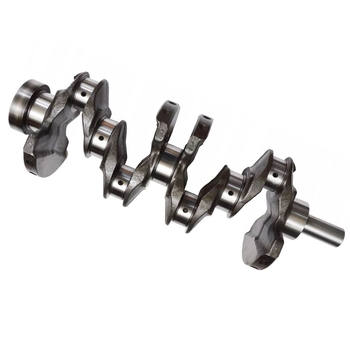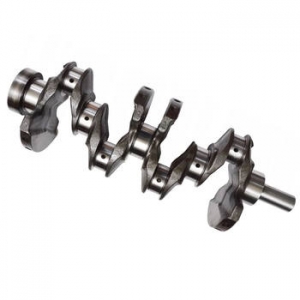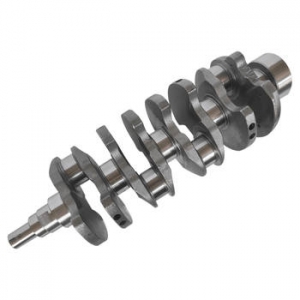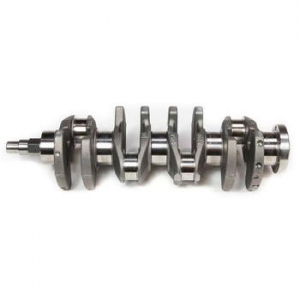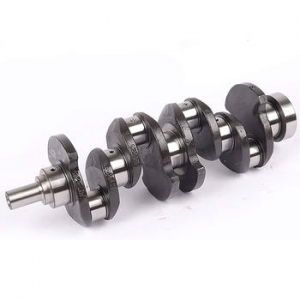Crankshafts are a vital component of any internal combustion engine, responsible for converting linear piston motion into rotational motion. In high-performance racing engines, crankshafts need to meet exceptionally high demands for durability, strength, and precision. This article delves into the design, materials, and manufacturing processes of crankshafts in racing engines.
Designing Crankshafts for Racing Engines
Engine designers carefully consider various factors when designing crankshafts for high-performance racing engines. These factors include engine size, weight, speed, and power output. Crankshafts must be designed to minimize weight while maximizing strength and stiffness. Racing engine crankshafts often feature counterweights to balance the reciprocating mass of the pistons and connecting rods, allowing for smoother operation at high revolutions per minute (RPM).
Material Selection for Racing Engine Crankshafts
Material selection plays a crucial role in the performance and longevity of crankshafts in racing engines. High-strength steel alloys, such as 4340 or EN30B, are commonly used due to their excellent strength-to-weight ratio, wear resistance, and fatigue strength. These materials can withstand the high loads and stresses generated by racing engines during aggressive acceleration and high-speed cornering.
Manufacturing Processes for Racing Engine Crankshafts
Precision manufacturing processes are essential for producing crankshafts that meet the exacting demands of high-performance racing engines. Forging is the preferred method for creating racing engine crankshafts, as it provides superior strength and grain structure compared to cast or billet crankshafts. After forging, the crankshaft undergoes a series of machining operations to achieve the necessary tolerances and surface finishes.
Balancing and Dynamics
Proper balancing of the crankshaft is crucial for reducing vibrations and ensuring smooth operation at high RPM. Racing engine crankshafts are dynamically balanced using precision equipment that measures the mass distribution and applies counterweights as needed. Balancing also involves addressing torsional vibrations, which can lead to crankshaft failure if not managed correctly.
Conclusion
In summary, crankshafts play a critical role in high-performance racing engines, where they must endure extreme conditions and deliver exceptional performance. Careful design, material selection, and manufacturing processes ensure that racing engine crankshafts can withstand the rigors of competitive motorsports and provide the necessary power and reliability for success on the track.

